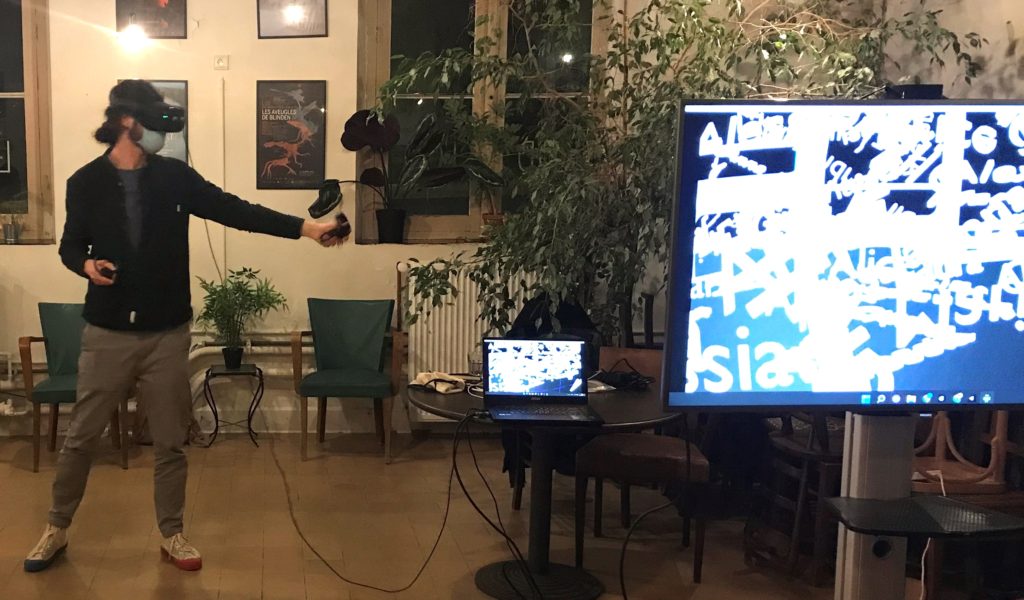“Virtual reality is like dreaming with your eyes open.” – Brennan Spiegel
A true first-person experience. A one-man theatre. A way to be transported into someone else’s shoes. Virtual reality can be a lot of things, but in essence it makes you look around in a digitally created space.
To immerse you in a virtual environment, you have to put on a VR headset. Some headsets allow you to walk around freely, others require you to stay put in one place. Using controllers or other tracking devices, it’s possible to interact with the world.
Virtual reality experiences could be passive, such as looking around or looking at a video, or active, such as playing a game. They could be used for education, training, or entertainment.

An experience created in VR is often an immersive first-person affair. However, that does not mean that you have to be the protagonist. Your head can also act as a camera that watches the virtual world while you control a character walking around in it. Such an example is Moss.
Even though people consider virtual reality as a visual experience, it could stimulate other senses as well. Using sounds and haptic feedback, immersion is strengthened. In theory, you could make a VR environment without a visual component.
Back to the Overview
